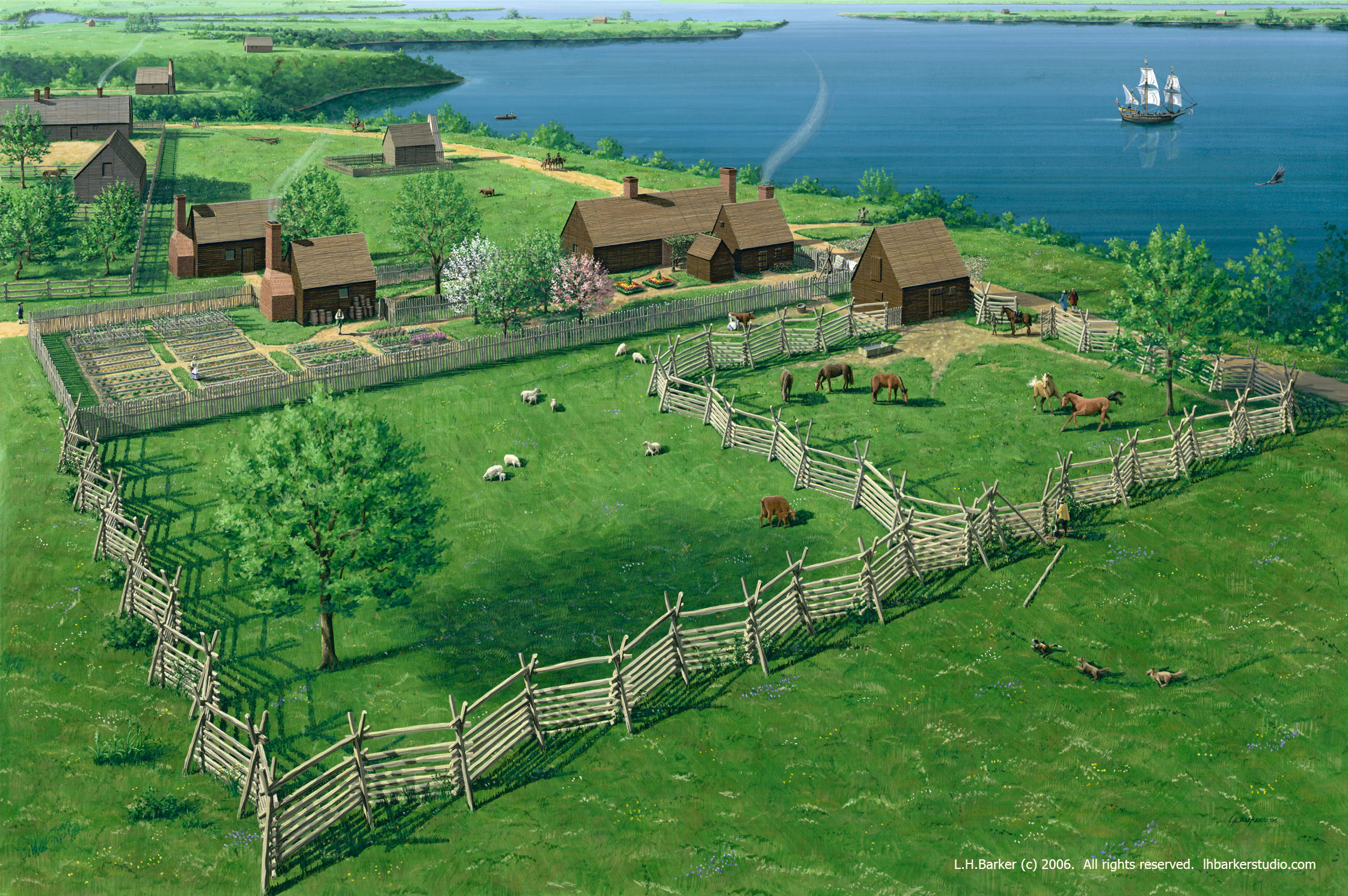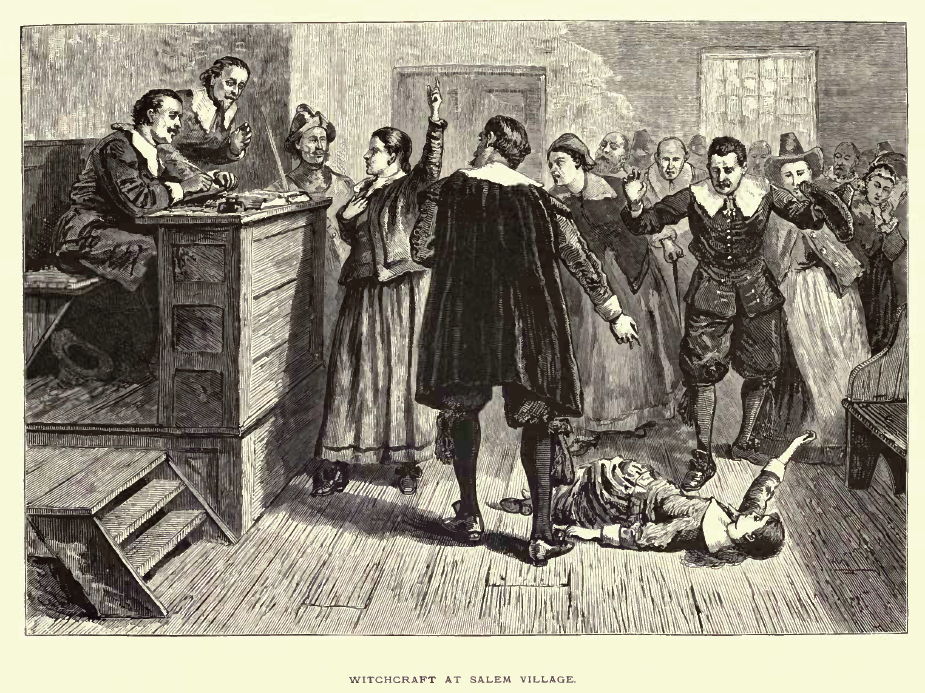 |
| A picture of a longhouse inside the Yoacamoco village in Historic St Mary's City, Maryland. |
St Mary's Grows
You should go visit Historic St Mary's, about 2 hours south of Baltimore. It's got building reconstructions, period actors, and all that Jamestowney stuff. As well as some reconstructions of the old colonial stuff, HSM also has a recreation of the old Indian village that St Mary's formed over. You can see the inside of a longhouse on the left.Check out a review here.
Fallout from the Clash Between Colonies
 |
| a 1663 depiection of a public execution in Charleston, SC |
Back in England, Clayborne was still stirring shit up. He was asking the king and anyone he could to give him back Kent Island. And what's more, and this is kind of insane, he wanted land that would snake around Maryland and continue all the way up to the great lakes to all be considered Virginia. Obviously, he didn't get what he wanted so he even tried less respectable methods of getting the island back.(75) Nothing worked.
In 1638, Kent Island was apparently almost in revolt. We don't know the details, Kent Island wasn't much of a town, it was pretty much just a trading post and a fort for the fur trade.
Anyway, Leonard appointed Thomas Cornwallis, the guy who'd just made a name for himself by beating Clayborne's pirates, to go take care of it. With a bunch of armed colonists he went to Kent Island and used whatever force necessary to put things right. Though we don't know for sure how he was successful, he probably wasn't very nice about it. Kent Island gave no further trouble after Cornwallis' mission, so we can give that guy another Win.
Trouble with the Susquehannocks
 |
| A visualization of an acre from www.cockeyed.com |
Remember the Susquehanocks? The guys who'd been coming down and fucking up our buddies the Yoamacoans? They were getting a little tired of these new-comers stealing up all their land, and decided to start getting violent.. Though details of what was happening did not make it through the history (you'll find out why later), we know that several areas throughout Maryland were getting harassed by the Indians (largely believed to be Susquehanocks).
 |
| An early depiction of the Susquehannock from John Smith's book in which he describes the Susquehannock as "gyant-like" |
So the guys at St Mary's are like, "Oh shit guys, I think we have a problem." And then I guess someone else responded like, "Okay, let's go fuck some shit up, show em who's boss." So they sent a couple of those small river boats (pinnaces) one to each Kent Island to the Susquehanocks own area of the Bay. At home, things got serious. Every colonist living in the city was given a gun and trained to use it as a militia. They fixed up the city walls real nice and got ready for the attack they felt certain was coming. (162, 163)
And they were right to. Within a year, in 1642, the colony of Maryland would officially declare war on the Susquehanocks.










.jpg)

